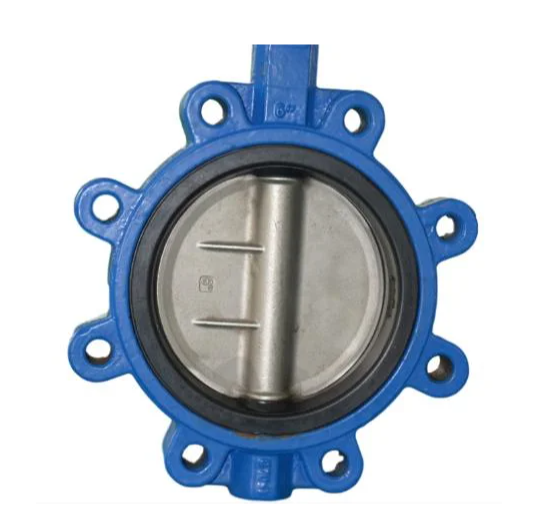Automatic butterfly valves and manual butterfly valves operate on the same principle, but they differ in how they are operated and controlled.
Manual butterfly valves are operated by a handle or lever that is turned by a person to open or close the valve. The operator must physically turn the handle or lever to control the flow of the liquid or gas through the valve. Manual butterfly valves are simple and reliable, but they require constant attention and intervention from an operator.
Automatic butterfly valves, on the other hand, are operated by an actuator that is controlled by a computer or other electronic device. The actuator can be electric, pneumatic, or hydraulic, and it is used to open or close the valve automatically based on predetermined settings.
An automatic butterfly valve can be programmed to open or close at a specific time, or in response to a change in pressure, temperature, lt butterfly valve or flow rate. This allows for precise control of the flow of the liquid or gas, and it eliminates the need for constant attention and intervention from an operator.
Another major difference between automatic and manual butterfly valves is their cost. Automatic butterfly valves are generally more expensive than manual butterfly valves due to the added cost of the actuator and control system.
In summary, automatic butterfly valves differ from manual butterfly valves in that they are controlled by an actuator and can be programmed to operate automatically, while manual butterfly valves require physical intervention from an operator to open or close the valve.
How do automatic butterfly valves differ from manual ones?
Automatic butterfly valves and manual butterfly valves differ in their operation and control mechanisms. Here are the key differences between the two:
- Operation: Manual butterfly valves require physical intervention by an operator to open or close the valve. This is typically done by rotating a handle or lever connected to the valve shaft. On the other hand, automatic butterfly valves can be operated remotely or automatically based on certain control signals without the need for manual intervention.
- Actuation: Manual butterfly valves rely on manual actuation, where the operator directly controls the valve’s position. In contrast, automatic butterfly valves utilize actuators or motors to control the valve’s position automatically. The actuator can be pneumatic (using compressed air), hydraulic (using fluids), or electric (using electricity) depending on the specific design.
- Control: Manual butterfly valves provide basic on/off control. The operator can manually adjust the valve position to allow or restrict fluid flow. In contrast, automatic butterfly valves offer more precise control options. They can be integrated into control systems and respond to signals from sensors or programmable logic controllers (PLCs) to regulate flow rates, pressure, or other process variables. This allows for automated and precise control of the valve in response to changing conditions.
- Remote operation: Automatic butterfly valves can be operated remotely, which is particularly useful in large-scale industrial processes or when valves are located in hard-to-reach areas. Remote operation eliminates the need for physical presence near the valve and allows for control from a central control room or through computer-based systems.
- Feedback and monitoring: Automatic butterfly valves often provide feedback on the valve position and other parameters, allowing for monitoring and diagnostics. They can include position indicators, limit switches, or sensors that provide information about the valve’s status. This feedback enables better monitoring of the valve’s performance and integration into larger control systems.
It’s important to note that while automatic butterfly valves offer advanced control features, they are generally more complex and expensive than manual butterfly valves. The selection between manual and automatic valves depends on the specific application, process requirements, and budget considerations.
